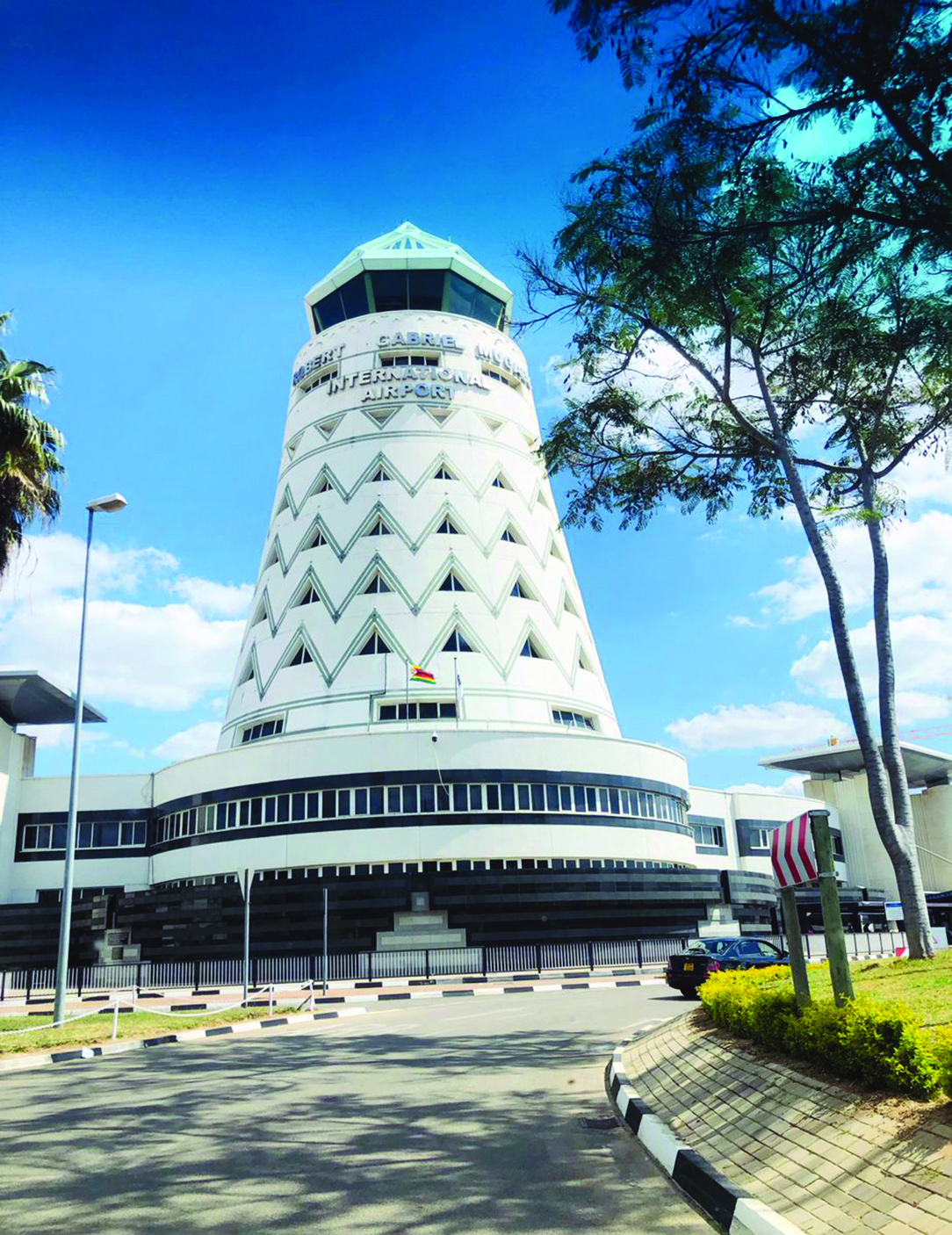
FREEMAN MAKOPA THE custodian of Zimbabwe’s airports says it is drifting towards signing Public-Private Partnerships (PPPs) to help it complete a major revamp of the country’s airfields after spending US$330 million on the programme to date.
Zimbabwe has accelerated its airport face-lift and expansion drive in the past six years, defying pressures stemming from a prolonged economic crisis that recently mutated into a full-blown downturn after inflation shot back to three digit figures.
Exchange rate volatilities and acute foreign currency shortages are among the biggest hurdles confronting Zimbabwe since 2019, when Harare ended a multi-currency system that had been in force since 2009.
Along with airports, millions of United States dollars have also been injected to rebuild Zimbabwe’s failing road network.
However, government’s interventions have recently courted an outcry after experts said authorities were printing cash to fund the projects.
Cash printing or quantitative easing was behind the collapse of the country’s currency about 14 years ago, and talk of a return of such policies revives memories of a difficult past.
In an interview with businessdigest, Airports Company of Zimbabwe (ACP) chief executive officer Tawanda Gusha said the bulk of funding deployed to bankroll the airports revamp programme has been extended by Chinese lenders.
However, Gusha said he was alive to potential backlashes out of taking more international debt to complete mega projects.
- Chamisa under fire over US$120K donation
- Mavhunga puts DeMbare into Chibuku quarterfinals
- Pension funds bet on Cabora Bassa oilfields
- Councils defy govt fire tender directive
Keep Reading
He said injections through PPPs were being sought to expand such airports as Charles Prince, a busy, but small airport about 25km northwest of Harare.
The ACZ is currently completing the US$153 million Robert Gabriel Mugabe International Airport expansion, which follows the commissioning of Victoria Falls International Airport in November 2016.
Chinese lenders extended US$150 million to transform an ordinary jungle facility into one of the region’s best aviation hubs.
Similar work had already been completed at Joshua Nkomo International Airport in Bulawayo.
“There are other investments that are lined up, which we intend to implement through PPPs because we cannot be relying on loan funding all the time, it becomes unsustainable,” Gusha said, speaking exclusively to businessdigest.
“We need to find other funding models that will ensure that the business (ACZ) is also sustainable. With PPP arrangements you are spreading risk. This will look at development around airports like investing in hotels and shopping malls. We must fully utilise land around airports. We will also soon go to tender for airport solar farms. We want to find partners who will be investing in solar projects within airports.”
He said ACZ, which was created out of the unbundling of the Civil Aviation Authority of Zimbabwe (Caaz) in 2018, had tabled a plan to continue work that had already been undertaken by Caaz, which now plays a regulatory role in the aviation industry.
“We are returning to the days of the Caaz where we saw the construction and commissioning of Joshua Nkomo International Airport in Bulawayo at US$30 million and Victoria Falls International Airport at US$150 million. The current project is the Robert Gabriel Mugabe International Airport at US$153 million. In total, so far the figure (spent on expansion of airports) is around US$330 million; Joshua Nkomo was funded through the Public Sector Investment Programme.
“The other US$303 million was funded through a concessionary loan from China EximBank. We are working towards meeting this obligation together with the government because it is a government guaranteed loan,” Gusha noted.
The race to iron out several weaknesses in the country’s airports is underpinned by plans to thrust the tourism industry at the heart of a recovery strategy that has been held back by strong headwinds.
Until the Victoria Falls International Airport was extended to 4km in 2016, long haul aircraft had avoided direct flights into the world-class resort.
Today, wide-bodied aircraft from bigger airlines including Eurowings are among those operating frequencies on the route.
But businessdigest understands that one global air passenger carrier has dispatched a list of concerns to authorities before it introduces frequencies into the southern African country.











